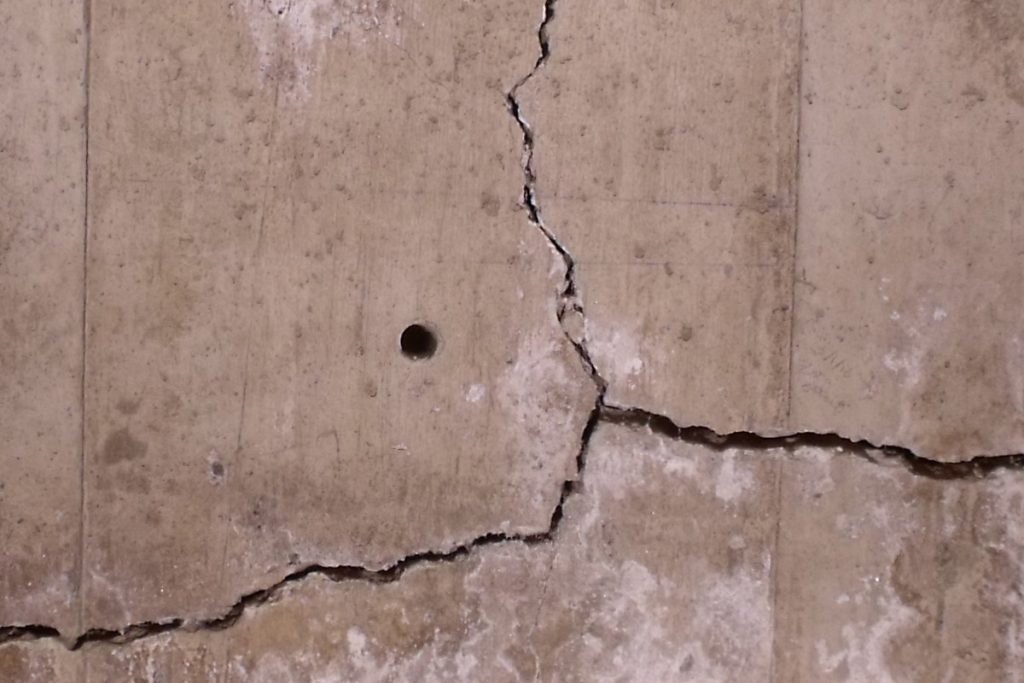There was a time when the only way to fix a foundation crack, usually responsible for a basement leak, required that you dig up your foundation to seal the crack on the outside. Today, as most homes have poured concrete foundations, we have ways to fix foundation cracks in basement from within the basement itself in a short period of time, at a very low cost. This foundation crack repair method is known as crack injection.
What is crack injection?
Simply stated, injection, in the context of basement leak and foundation crack repair, refers to basement waterproofing using pressurized injection techniques to fill cracks with specialized resin formulations.
There are two injection techniques used for waterproofing and crack repair: epoxy crack injection and polyurethane injection. Both techniques involve the pressurized injection of resins into cracks and/or voids (thus eliminating them) to waterproof and repair poured concrete foundations and various other underground structures.
The 2 different types of injection methods used to fix foundation cracks in basement walls
Both of the injection repair methods above are using pressure to force resins into cracks; once the cracks are filled with resin they are eliminated completely. In fact, it is as if there was never a crack in the first place, because the void at the root of the basement leak no longer exists. After the injections, the cracks will no longer leak as the foundation wall has been succesfully waterproofed. Not only that but your foundation will be as watertight as the day it was poured.
For concrete block waterproofing click on the following link: Introduction to concrete block foundation waterproofing
Typical Applications for Waterproofing Using Injection
Injection is commonly used in many waterproofing applications for poured concrete foundations and/or solid concrete structures. Examples are:
- Crack repair and waterproofing of any poured concrete structure such as foundations, parking garages, concrete swimming pools, etc;
- Tie-rod hole and snap rod waterproofing;
- Waterproofing of honeycombing in foundation walls;
- Waterproofing pipe penetrations through poured concrete walls;
- Waterproofing leaking I-beam pockets in basements;
- Waterproofing seams between connected concrete structures;
- Waterproofing voids between layered concrete structures;
- Waterproofing subway tunnels; and
- Waterstopping in deep underground mining applications.
The Benefits of Injection for Fixing Foundation Cracks
Injecting basement leaks is not only effective, it also has other very interesting benefits:
- It is done without the need for external excavation!
- It is completed within a matter of hours!
- It is, by far, the least expensive way to waterproof a basement or a parking garage;
- Foundation cracks are repaired permanently;
- The integrity of the foundation is completely restored; and
- It is a highly reliable waterproofing method (when done properly).
In addition to a technician’s qualifications, successful waterproofing injections require job appropriate resins (typically available only to specialized companies), equipment, and time tested procedures. If you demand excellent results you must select a waterproofing contractor that specializes in crack injection.
